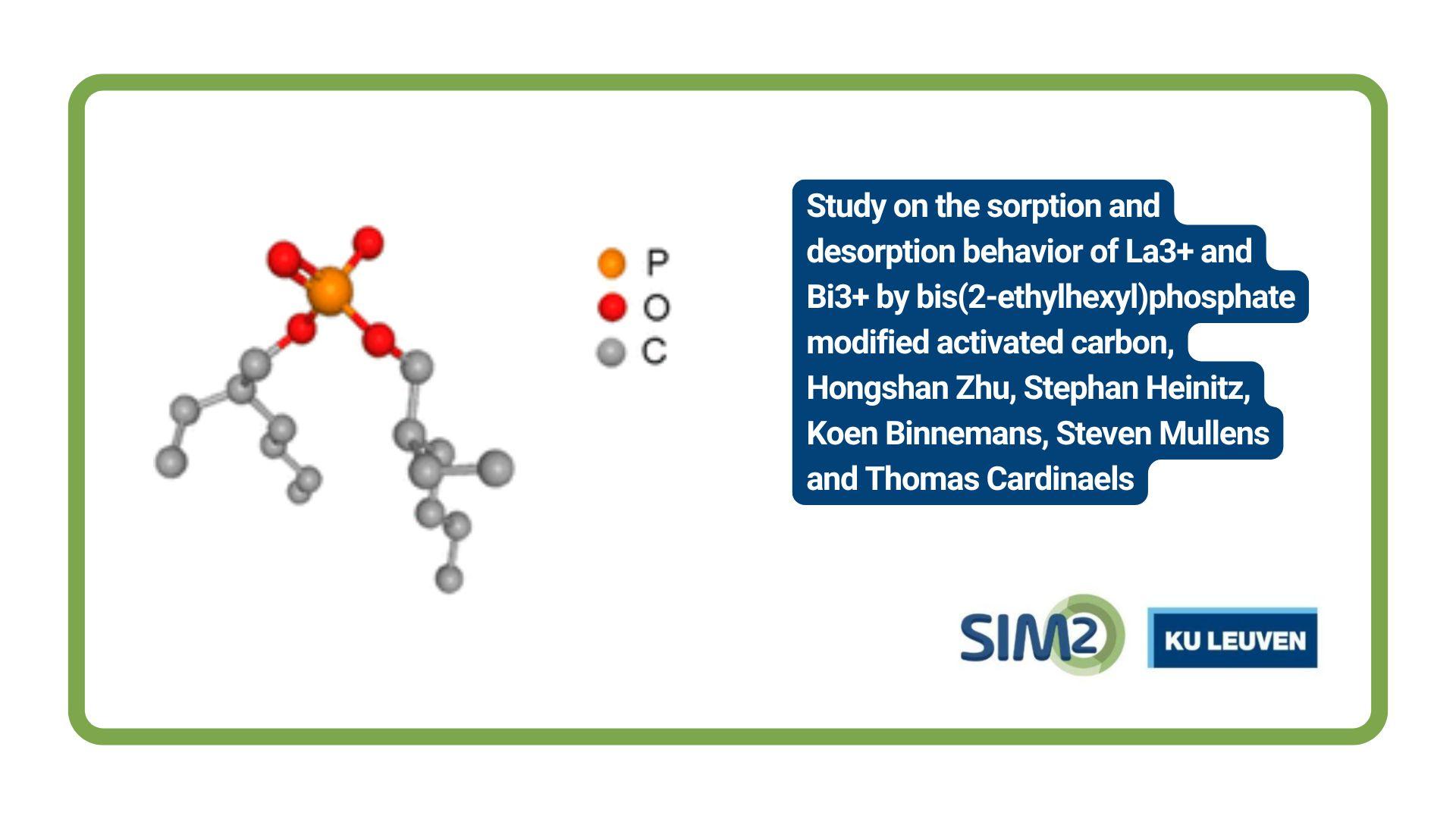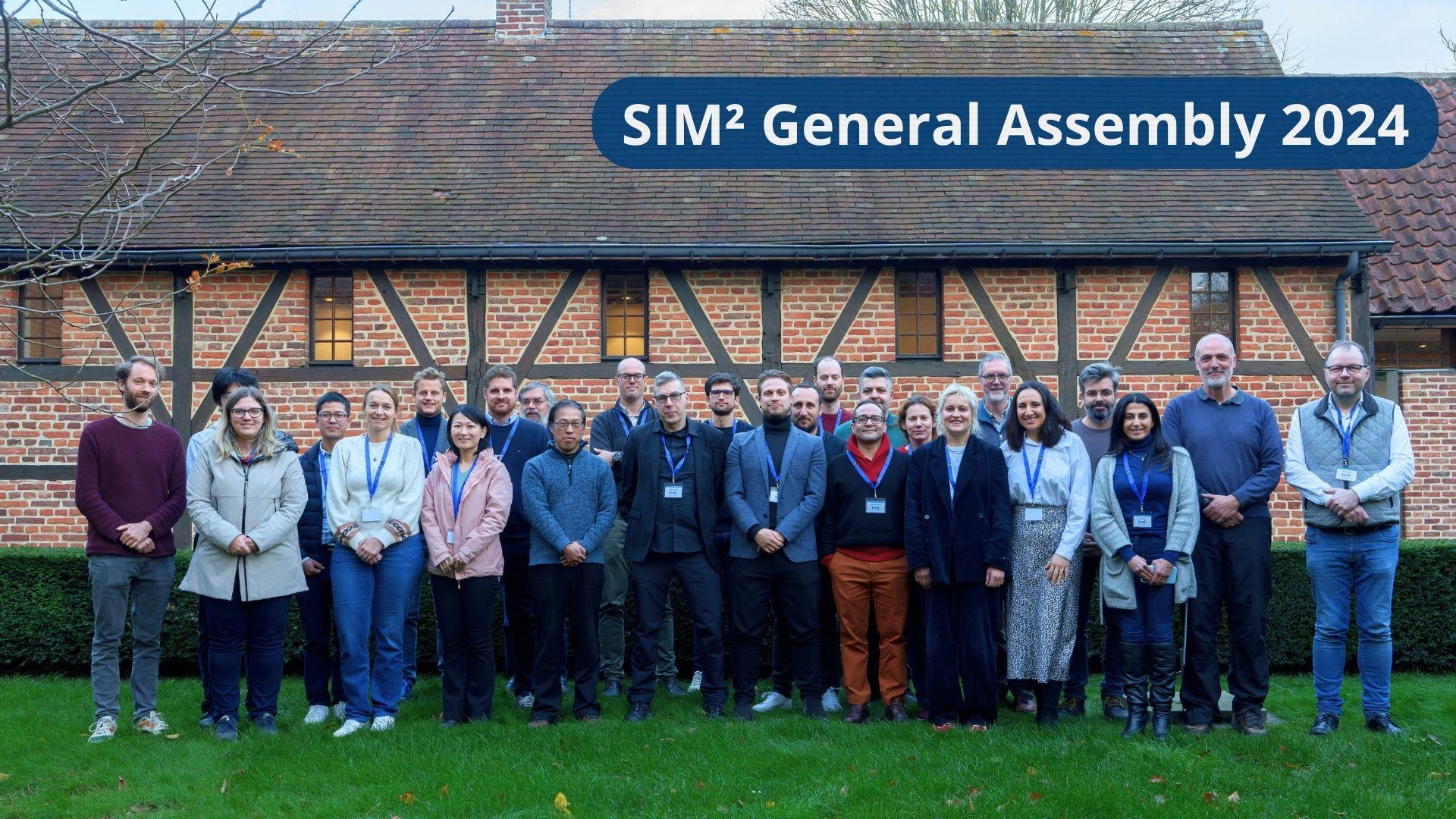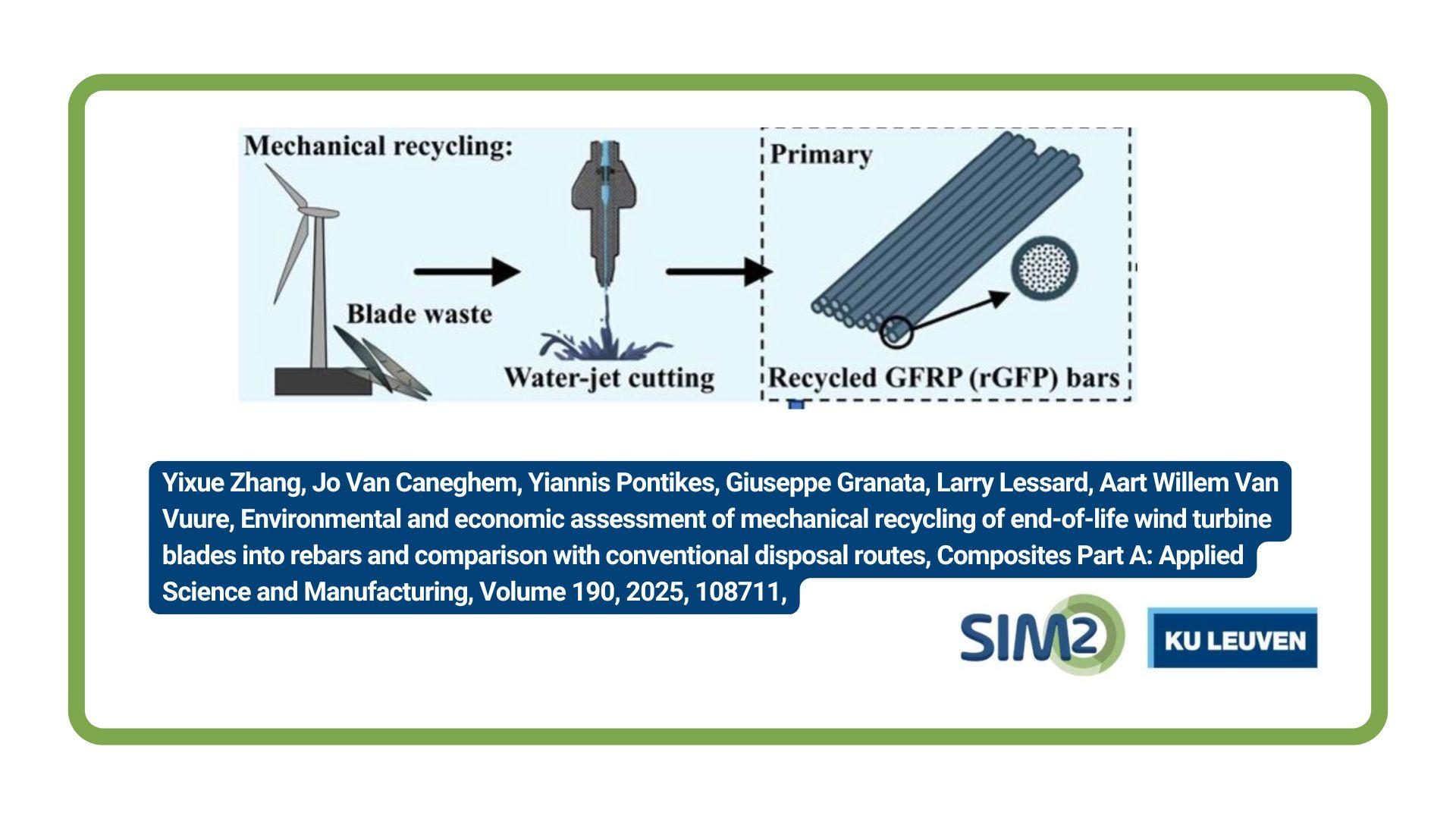On September 17, 2018, 40 persons from academia, research organisations and industry attended the SIM MaRes Sounding Board meeting in Novotel Leuven. The objective of the day was to realign the Flemish-funded SIM MaRes programme – “developing novel technologies for the valorisation of low-grade, metal-containing industrial process residues” – with current needs in industry and society. A keynote lecture was provided by René Wiersma (Shell) on the use of solvents in mining and metallurgy. Simon De Corte (UGent) benchmarked the upcoming Horizon Europe programme with the present Horizon 2020 programme. The academic and industry partners pitched different new ideas, such as the need to also integrate high-grade materials, the evolution to industry 4.0 and the need to prototype and demonstrate new technologies within the modified programme. (LM & PTJ, Leuven, 28/09/2018)
MaRes Programme
The SIM MaRes programme is an industrially-driven R&D programme, funded by the Flemish Government (VLAIO). The programme is part of the overarching, long-term SIM Programme (“Strategic Initiative Materials”). SIM MaRes was initiated 4 years ago and focusses on the near-zero-waste valorisation of (low-grade) metal-containing industrial waste streams and residues (http://www.sim-flanders.be/research-program/mares).
The programme aims at creating and demonstrating an operational, flexible toolbox to recover metals from residues and to valorise the residual mineral matrix into new (construction) materials. MaRes brings together various industrial stakeholders and knowledge institutes representing the full value chain from End-of-Life (EoL) product recycling and residue production, to pre-processing, water treatment and metal recovery and mineral valorisation in new (construction) materials.
Today, various projects are running within the programme in which different technologies are being developed to extract valuable metals from low-grade industrial process residues, to clean the mineral fraction and to valorise cleaned residues into high-added-value (construction) applications. An example is the ICON SUPERMEX project, in which residues of the non-ferrous industry are treated by plasma fuming to recover valuable metals and to produce a cleaned slag, which is subsequently transformed into an inorganic polymer binder that is applied in high-added-value building materials. The pictures below show the production of fumed slag and the production of a staircase produced from slag-based inorganic polymer binder.

Now that the programme is running for 4 years, an evaluation was made during the industrial Sounding Board meeting on September 17, 2018. Different panel discussions were organised to allow to (re)align the SIM MaRes programme with the evolving needs of industry and society. An overview of the panel discussions is presented below.
No business case for low-grade residues?
At the moment, most technology concepts that are being proposed in the SIM MaRes programme for the valorisation of low-grade residues, suffer from poor economics. The low (valuable) metal content and the low value of the minerals (which have to compete with cheap primary raw materials) do not provide sufficient revenues to compensate for the required processing costs. Additionally, present legislation does not yet favour the use of secondary resources. To tackle this problem, a shift is proposed from “waste valorisation” to “near-zero waste industries”. While in the former, a valorisation route is sought for a residue as produced today, in the latter an industrial flowsheet is adapted in order to increase the recovery of valuables (e.g. metals), to produce valuable mineral by-products (slags, sludges, etc.) instead of residues and to concentrate the residual waste into a small fraction of hazardous components.
This means that the novel technologies developed in the SIM MaRes programme can also be applied upstream in flowsheets, to treat high-grade primary/secondary materials and process intermediates. The key advantage of the targeted SIM MaRes metal extraction technologies is that they are designed to be more eco-friendly and more selective with respect to traditional processing methods. They make use of green solvents, such as Shell’s Gas-to-Liquid (GTL) solvents and/or biometallurgical technologies.
Industry 4.0: Implementing artificial intelligence in the raw materials industry?
Material production plants typically integrate complex flowsheets of processes, which need to be steered depending on input materials and output requirements. Digitalisation of industry and the possibility of in-situ measurement of process data allows us to acquire large sets of process data which can be used to steer processes and increase process efficiency. When evolving to a more diversified raw-material input, composed of secondary raw materials, with differing needs of processing, the use of artificial intelligence to read process data and autonomously steer processes has major potential.
Being a key challenge/opportunity for the raw materials industry, MaRes will assess how to integrate these aspects in its running and future projects. As such, the updated SIM MaRes programme will target to be aligned with the Horizon Europe programme in which a clear shift in narrative towards “industry 4.0”, artificial intelligence and digitalisation is visible.
Prototyping and demonstration to leverage implementation of new technologies
Driven by industry, SIM MaRes aims at prototyping and demonstrating its technologies and products, to progressively step up from lab inventions to industrially feasible concepts and eventually commercial successes. This process is a joint-development by universities and research organisations and industry. Lab-scale concepts are evaluated in industrial pilots, in which the processes can be optimised and in which a product business case can be assessed. An example of pilot testing of novel building products based on waste-incineration bottom ashes developed in the ICON Ash-Cem project is shown in the pictures below. Prototyping and demonstration of technologies on industrial scale is considered as a core activity within MaRes and will be developed further within the programme.

What can MaRes mean for you?
The SIM MaRes consortium is permanently looking for new opportunities for testing and implementation of its technologies, for novel, metal-containing primary/secondary raw materials (both low, medium and high-grade) and new industrial partners. You can contact peter.jones@kuleuven.be for more information about potential projects.





